Imagine a tiny, grotesque insect, complete with disproportionate legs, a body with a hard exoskeleton covered with hairs, spines around its head and mouth so that it can pierce the skin and suck blood. It is not a prehistoric creature; it’s the common flea! This article will show you what all stages of the flea looks like, and what you can do about it.
- How do fleas look to the human eye, and how big do they get?
- What do these pests look like on cats, and what can you do about it?
- What do these fleas look like on dogs, and what can you do about it?
- Can you easily see fleas that try to hide out on people? (yikes!)
- Do baby fleas and adult fleas have a different appearance to each other?
How do fleas look to the human eye, and how big do they get?
These horrible creatures are as nasty to look at as their behavior is to experience! They are about 0.1 inches in length (2.5mm) and their tiny bodies are covered with hard plates called sclerites, giving them a tough, hard exterior, which makes it difficult to kill them. Catch one (not an easy task) and try squishing it between your fingers – it usually will jump away unscathed.
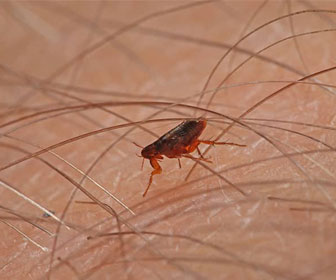
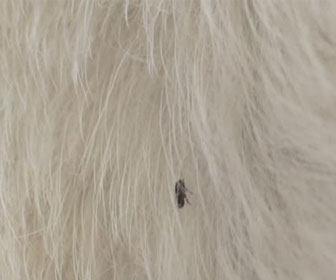
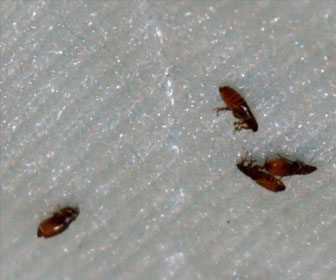
It’s flat, reddish-brown body is covered with hairs that face backward so that it can lodge itself into your pet’s fur like a tiny piece of Velcro. If it rotates itself, this allows the flea to move effortlessly through his coat, which is quite impressive.
Its legs are built for jumping, which is its primary mode of travel. Its front legs are abnormally short in comparison to the long back legs, which are structured in such an amazing way that it ranks as one of the best jumpers in the animal kingdom (relative to its size). Fleas have a rubbery resin called resilin that creates a hinge on the spot where the back legs attach to the thorax. When the flea crouches to jump, the resilin pads are compressed and are released the instant the flea jumps. The energy retained in the resilin pads is transferred into the leg, pushing the tibia and tarsus into the ground, making for a spectacular leap.
If you were looking at it under a microscope, you would be able to see its specially adapted mouthparts. Barbed stylets penetrate the skin of the flea’s host, while a long needle-like tube called the epipharynx forms a drinking tube. As if this doesn’t sound bad enough, the flea’s mouth and gut are equipped with a pump that pulls the blood from the host into the flea’s body.
PRO TIP: Interesting fact about the dastardly flea is that, like all criminals, they become much more active at night. To check for fleas, get a torch and look in your carpets, on your dog, in your furniture, etc. If you don’t want to do it in the dark, the evening is also an excellent time to look for fleas. I also recommend you check out my flea trap article to catch them at night.
What do these pests look like on cats, and what can you do about it?
The most common flea is the cat flea, known as Ctenocephalides Fellis. This despicable creature does not limit its attack only on cats but is the flea usually found on dogs and have been known to infest more than 50 domesticated and wild animals. If your kitty has a severe infestation, it is likely that it will hard to miss the reddish-brown pests moving about and jumping on his body.
If you cannot see any fleas at first, doesn’t mean that they are not there, as they are very good at hiding if there are only a couple of them. You will need to do a careful inspection of your cat, checking armpits and groin areas, and looking for little red bumps or spots where there is some hair loss, which are all signs that your kitty is under attack.
PRO TIP: Try placing a piece of white paper towel under or next to your kitty while you comb through his coat. Next, sprinkle a little water on any of the specks of dirt that have fallen onto the paper. If any of them turn a rusty red color, this is a sure sign of digested blood feces, and your kitty has fleas. You can learn more about this process in my article about flea dirt.
What can you do for your cat? Try making a homemade essential oil flea repellent spray that you can use on your cat and in your home. Cats are way more sensitive to essential oils than dogs, so please refer to that guide for various recommendations and dosages. Using coconut oil for fleas is another great option as it kills them instantly, and it is often combined with essential oils for a powerful remedy.
What do fleas look like on dogs, and what can you do about it?
When your doggie shows those telltale signs of never-ending scratching, you can be sure that the fleas are attacking. There is a dog-specific flea, the Ctenocephalides Canis, which has a more rounded head and the tibiae of its hind legs have eight bristles instead of six. However, it’s most likely that your dog will have cat fleas (even if you don’t have a cat), as this species is far more prevalent worldwide (learn more here).
Although it may be difficult to spot these evasive critters in the thick coat of your furry best friend, the flea is visible to the naked eye. The best way to check his fur for fleas is to use a flea comb that’s dipped into hot, soapy water. Any insects lurking under his hair will be caught on the comb and can be thrown into the water. More importantly, this will tell you if he has a flea problem or not.
PRO TIP: If you still can’t find these crafty critters, look for tiny raised bites that appear in clusters on your doggies hind legs, groin and back between the ribs and tail. Check for flea dirt the same way as you did for your kitty, using white kitchen paper to catch any particles that you brush off your dog’s body and testing them to see if these are actually dried blood.
What can you do for your dog? You can make a flea zapping doggy bath using dawn soap, which I have personally used many times in the past with excellent results. Put him in the bath, douse with warm water and then use the dawn directly on his fur, making sure to get it right down to the skin. You can also use a few drops of peppermint oil in this flea dip to help keep the fleas away.
Can you easily see fleas that try to hide on humans?
Just to be clear, humans are not the fleas first choice when looking for a tasty meal. Nevertheless, the not so fussy flea will bite humans if the opportunity arises, and you can be the target if it has not found a preferred host (such as a dog or cat).
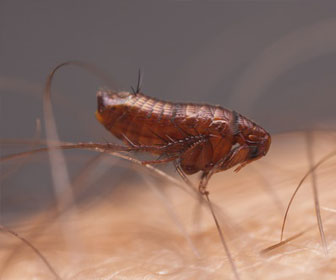
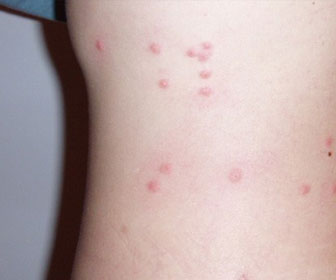
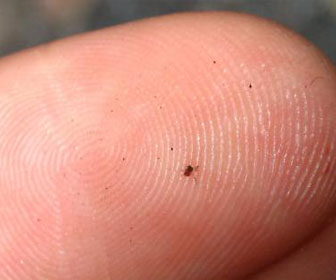
Fortunately, because we don’t have a thick mat of hair coating us, it can be pretty easy to see a tiny dark creature jumping on us. Unfortunately, by the time we catch sight of one, we probably have not got away without been bitten. If you have a bite mark and you are not sure if it was a flea, here are a few things for you to check:
How to get rid of them? This part is easy, just take a warm shower or bath and the soap you use will kill the fleas instantly. However, the only way you are going to stop those little vampires from getting to you in the future is by targeting your environment, namely your home, garden and pets. I recommend that you take a look at my other flea guides (such as my baking soda for fleas article) as these will help you with this task.
Do baby fleas and adult fleas have a different appearance to each other?
Yes, they do! In fact, they bear no resemblance to each other at all. Just as a butterfly emerges from a cocoon that spun by a caterpillar, the flea undergoes a complete metamorphosis through four stages. Since the last stage is the adult flea (which we have talked about enough), let me cover the other three so that you know what you are looking at when you come across strange looking particles in your home or on your pet.
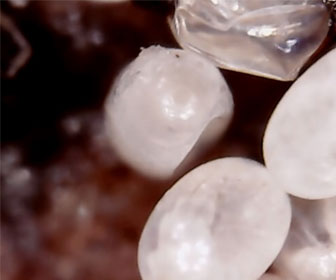
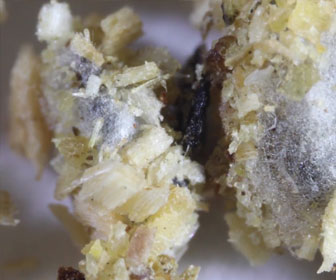
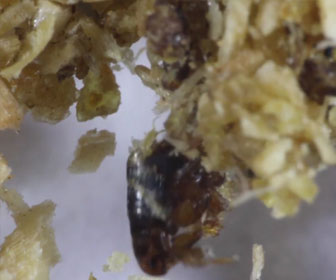
Larvae stage: The flea larvae that hatches from the eggs looks like tiny worms about 2-5mm long. They are whitish, and their body is covered with pale colored hairs. They are light sensitive, so they will move into dark crevices and deep down into your carpets and furniture. They feed on any available organic matter, which is usually dried blood and flea feces. Not sure how you feel about that, but I think it’s pretty gross.
Pupae stage: After around two weeks of maturation, the wormy larvae spin a sticky cocoon. Dirt particles will stick to the exterior of the cocoon’s tacky surface, which creates excellent camouflage and makes it very hard to see. The frustrating part of the flea’s life cycle is that at this stage, it can lie dormant for many months waiting for the right conditions to hatch out as an adult, which is why an IGR is so popular.
PRO TIP: Merely attacking fleas in their adult phase is not enough. Repeated vacuuming will help, but sometimes this causes them to hatch. While this might sound like a bad thing, it isn’t, provided are ready for it. I recommend that you look at my article about using salt for fleas and put it down as soon as you have finished vacuuming. If you repeat this process a couple of times over the next two weeks or so, your home should eventually be a “no flea zone”.
In conclusion
After reading this article, I think you may begin to rival these blood-sucking parasites in becoming equally bloodthirsty in your quest to eliminate them from our pets and our environment. 
Hello! My name is Natasha, and I have been helping people with their insect problems since 2012. I have published a book, worked with many pest control companies, and helped thousands with various infestations on a one-to-one basis. My goal for this blog is to create evidence-based guides that are easy to understand, provide sufficient depth and can be trusted to be very accurate. Please remember that my guides are for informational purposes only, and that you agree to the terms of use when reading content on this website. If you leave a comment, I typically respond within 48 hours.


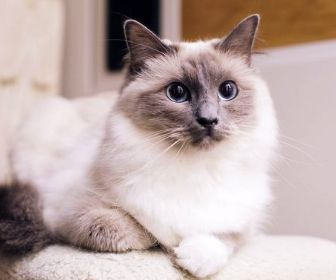
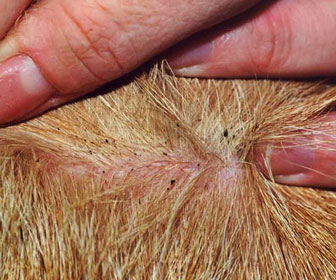

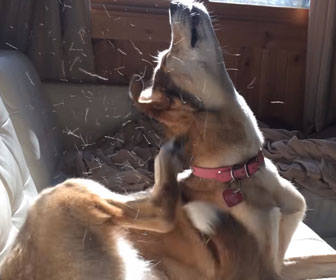

Speak Your Mind